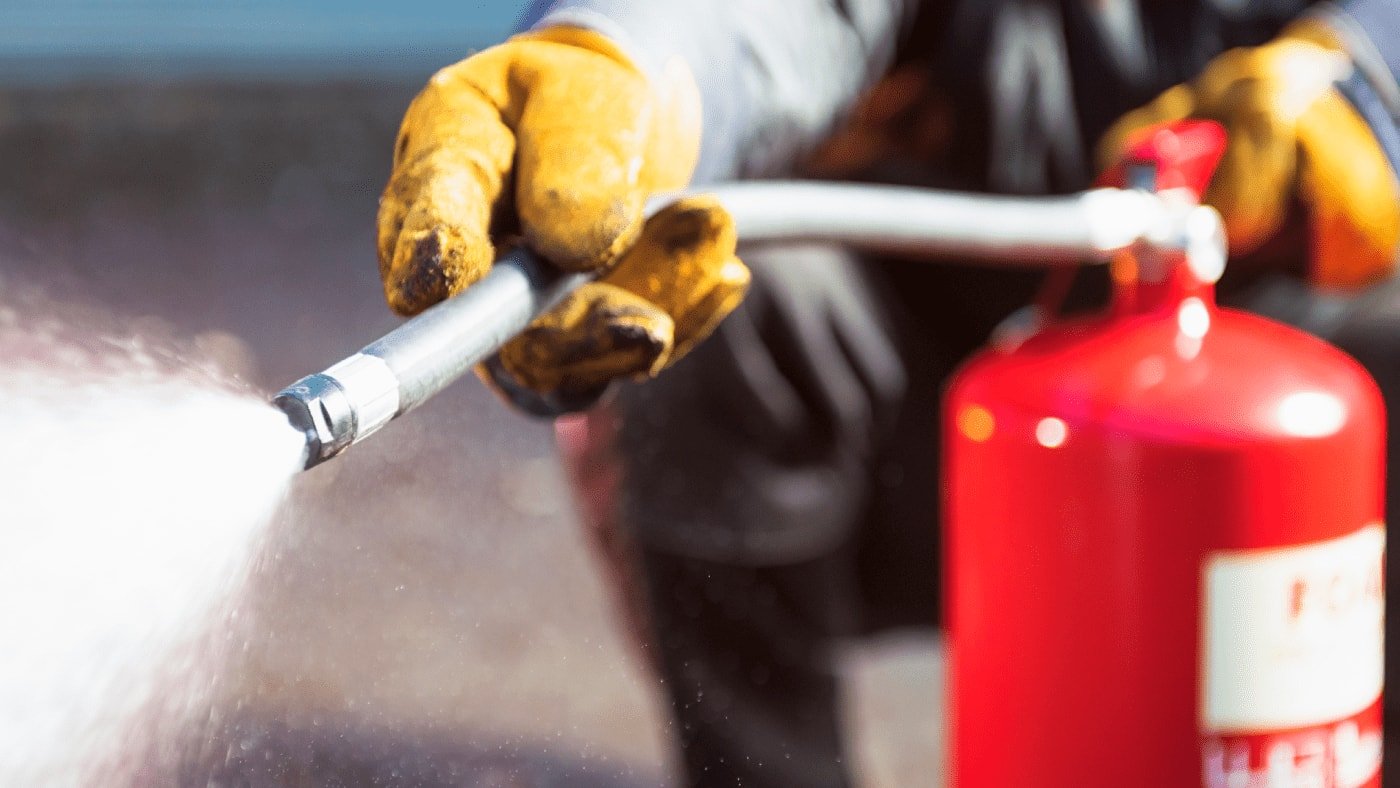In light of last weeks tragic event in London, we have decided to focus this week’s blog on how to ensure that your building is as fire safe as it can be. Following on from our last blog regarding the importance of Fire Drills in the workplace, we will be highlighting prevention and protection measures that you can take. In a time where many people will be feeling incredibly worried about how to protect their buildings from fire, Ajuda will be offering a 20% discount off any of our in-house and our online Fire Safety courses.
Prevention
Fire prevention is the act of stopping fires from occurring. It is just as important to have a Fire Prevention plan in place as safety measures in the actual event of a fire.
Fire prevention measures may include matters such as:
– The prohibition of smoking on the premises.
– Adequate cleaning of work areas – keeping them clutter free. Bad housekeeping can not only cause a fire and help it spread, it can also hinder safe evacuations, obstruct access to firefighting equipment and obstruct fire exits.
– Avoiding the use of portable heaters and coolers.
– Preventing the accumulation of easily ignitable rubbish or paper.
– Regular risk assessments.
– Put in place security provisions that may help to reduce the risk of an arson attack.
– Positioning of heat sources to prevent contact with combustible material such as paper.
– Regular maintenance programmes of electrical equipment and wiring.
– Positioning of heaters and other machinery so that ventilators aren’t obstructed.
– Report electrical hazards.
– Never block sprinklers, firefighting equipment or emergency exits. Observe clearances when stacking materials.
– Ensure at least one person in the building is trained in how to use a fire extinguisher correctly.
Basically, fire prevention is focused on the principle of keeping fuel sources and ignition sources separate. If something creates heat, keep things that burn away from it.
Protection
Fire protection can save lives and minimise the amount of damage when a fire does occur. Some fire measures are built into a property whereas others can be introduced later (sometimes as a result of a fire risk assessment). There are two types of fire protection measures, either active or passive controls:
An Active Control Measure requires an action by somebody or something (e.g automated system) when a fire is detected. Examples include:
– Fire alarm systems
– Smoke detectors
– Emergency lighting
– Sprinkler systems
– Fire extinguishers, blankets and hoses
A Passive Control Measure are usually physical features that have been designed to make a building safer. Examples include:
– Compartmentation (e.g. fire-resistant walls, ceilings and doors to restrict fires from spreading)
– Fire exits
– Multiple escape routes and refuges
– Clear signage and emergency lighting
If you would like to take advantage of our current discounts please click here for our online training portal and here for our in-house fire safety course.





